So this is an extension and application of #PEAC Pisano with End-Around Carry algorithm because the PEAC algorithm replaces the scrambler and the 4b/5b table, see
166. Line encoding with PEAC : OK
167. Line encoding with PEAC: it's alive
168. PEACLS error detection (and correction?)
169. TODO: scan
Application is for embedded/custom data transfers over RJ45/Cat5 UTP/STP where the whole TCP/IP stack is not required and a simple FPGA/microcontroller are more than enough.
.
.
-o-O-0-O-o-
Logs:
1. Let's start.
2. Tinkering with CircuitJS
3. AGC
4. Serial vs Parallel
5. Sender-side droop/wander prevention with MLT-3
6. Double parity
7. Flipping
8. a Quasi-Popcount
9.
10.
.
 Yann Guidon / YGDES
Yann Guidon / YGDES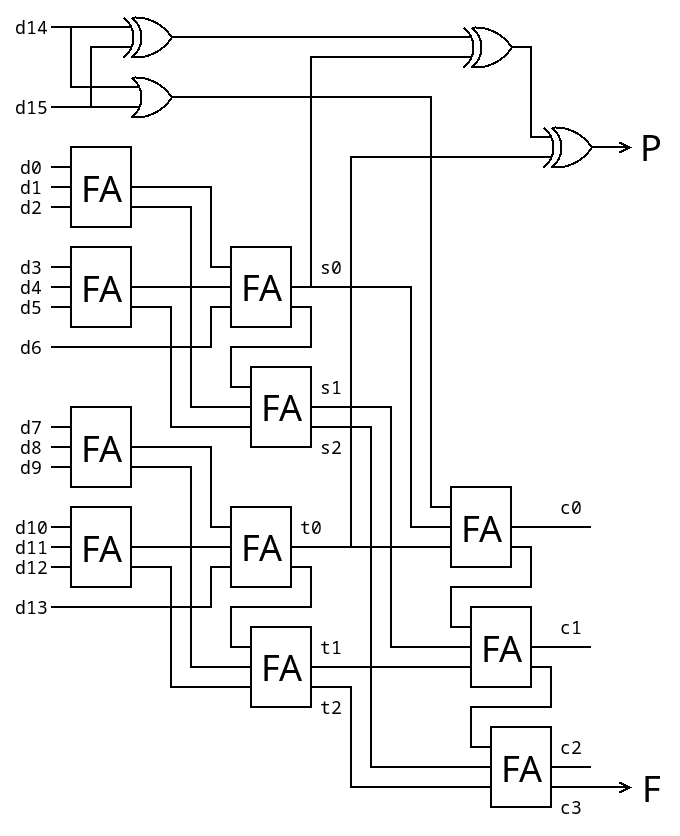



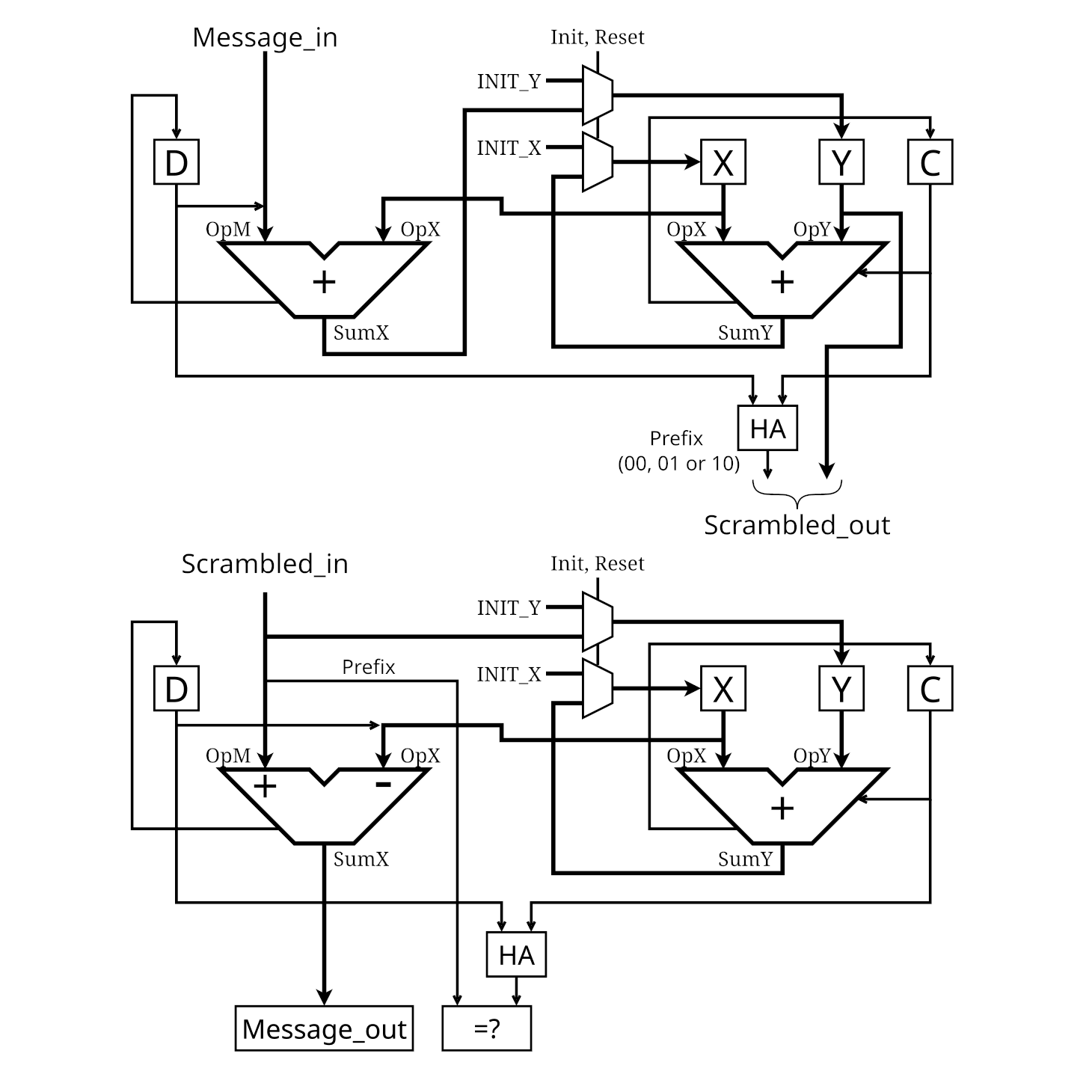

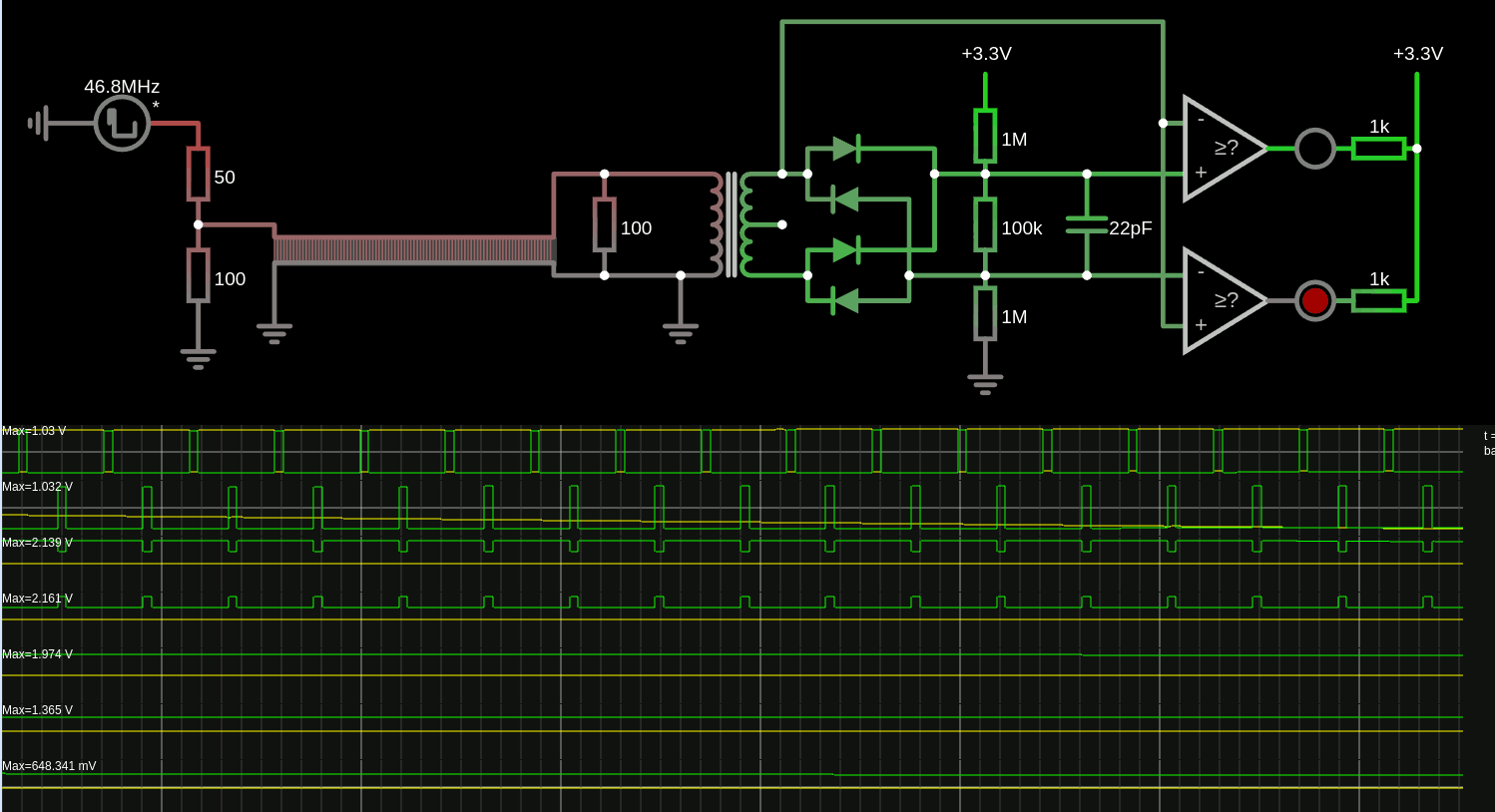
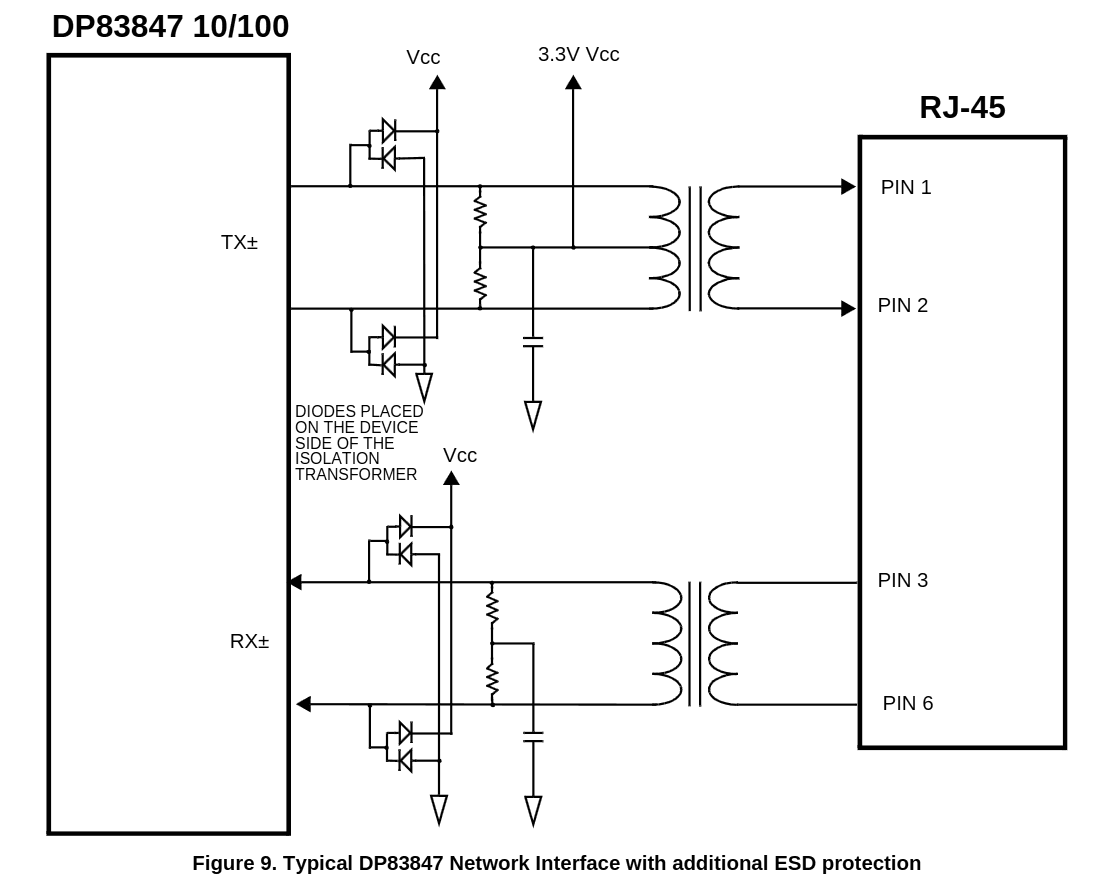
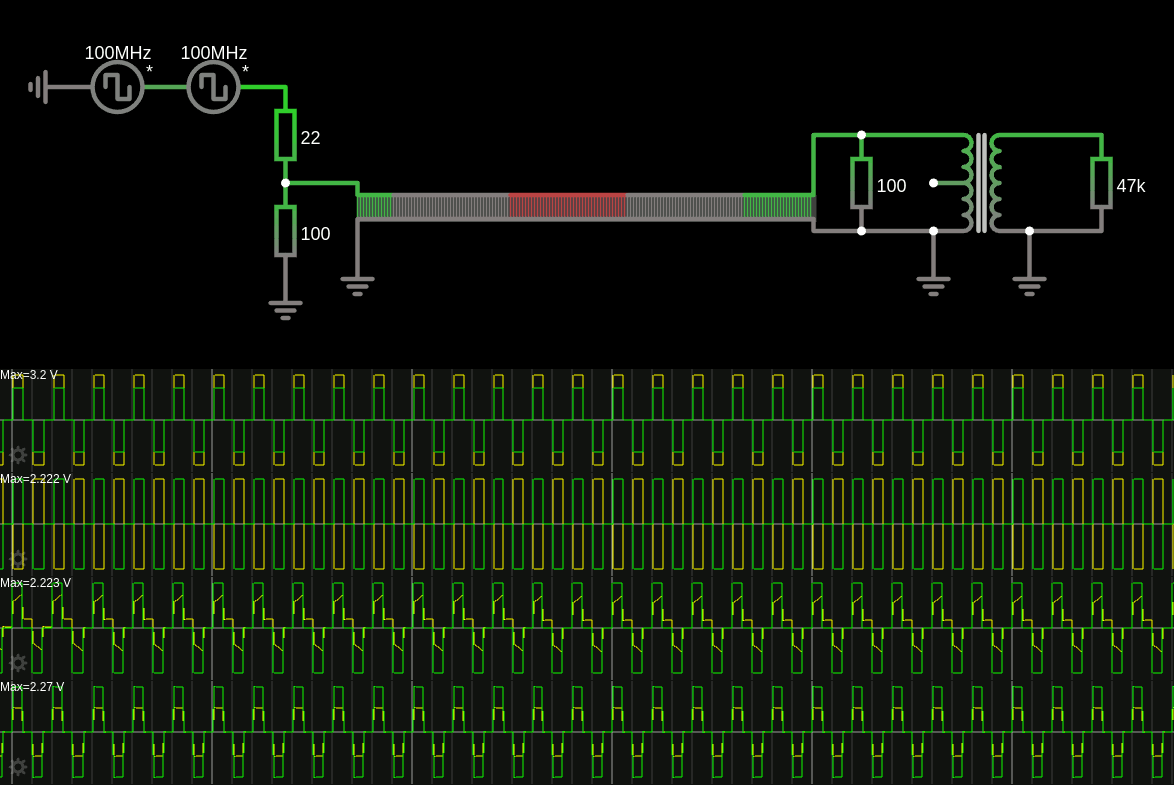
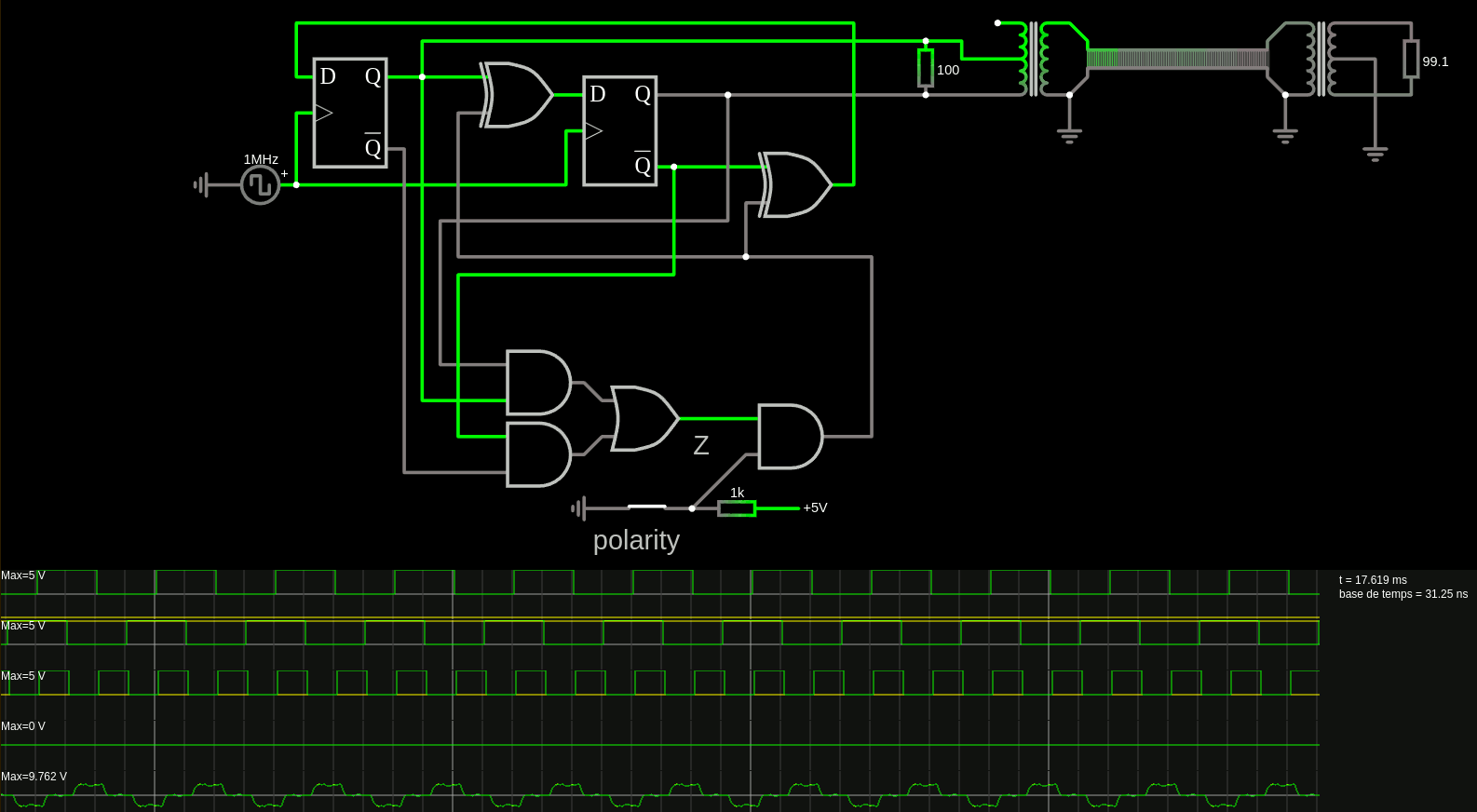
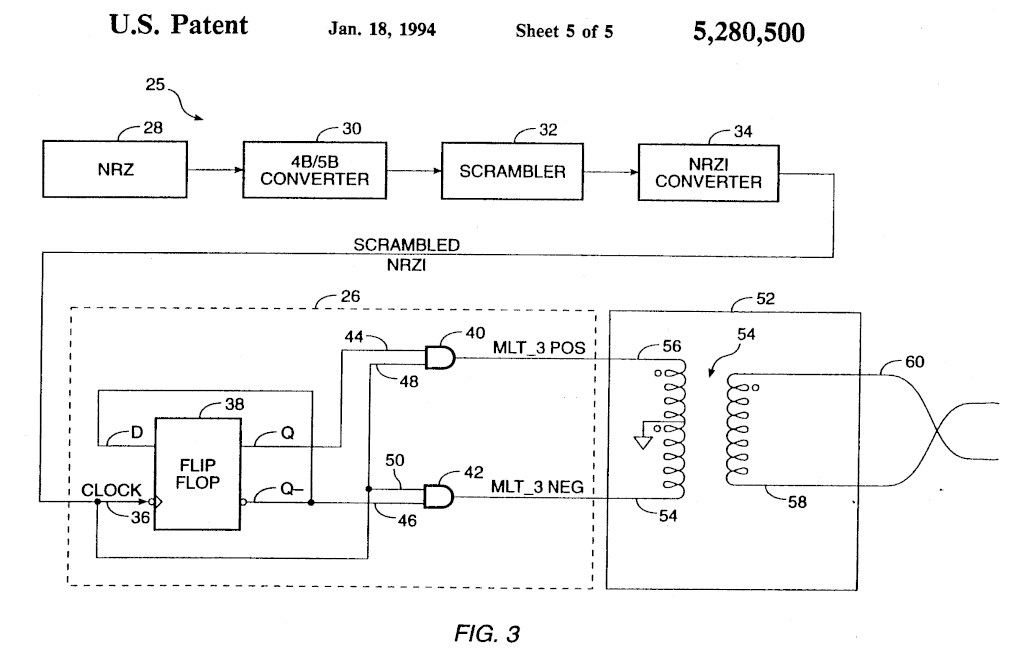
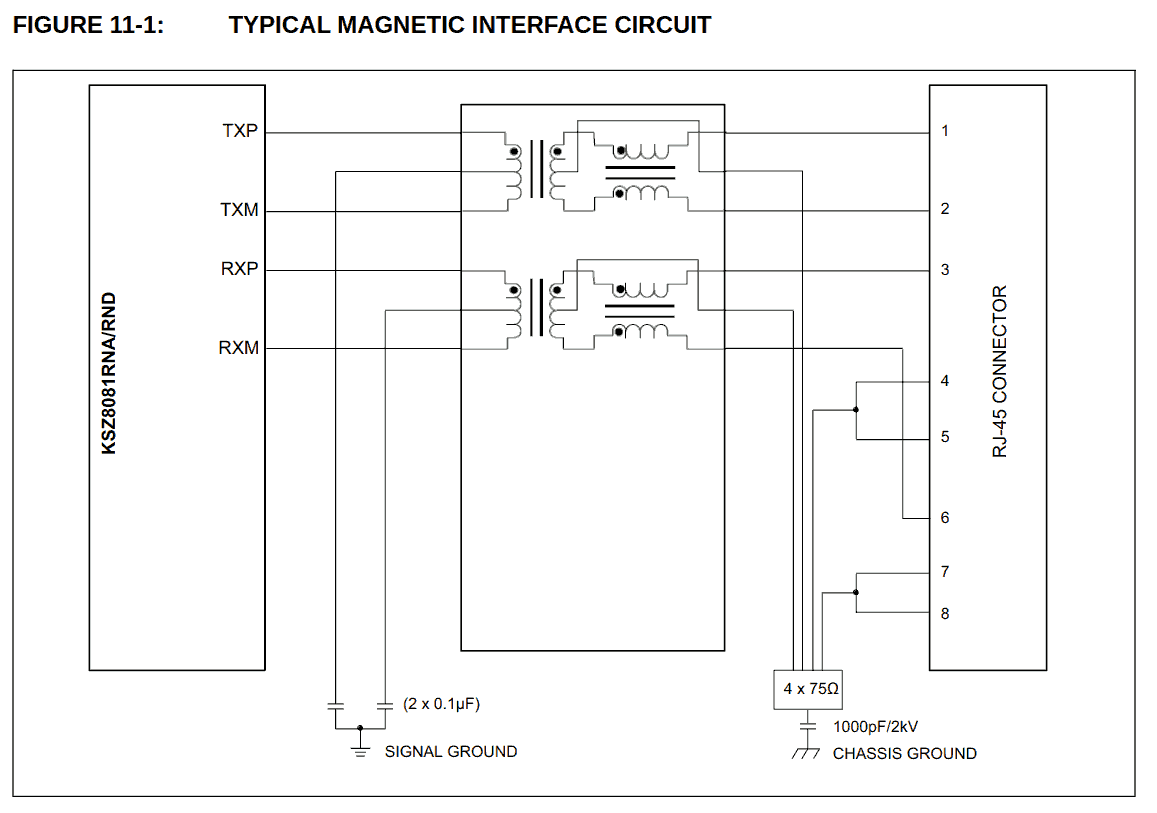


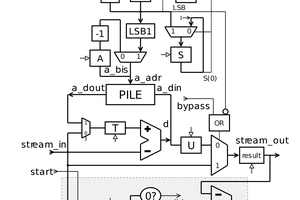
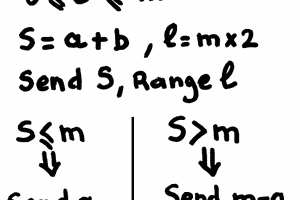
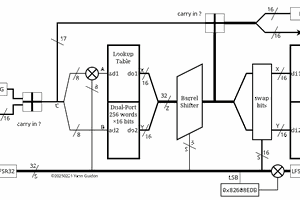
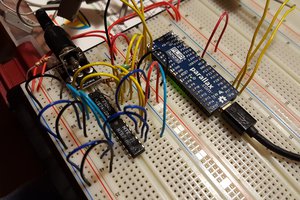
 Jac Goudsmit
Jac Goudsmit
The seminal 64b/66b paper : http://www.omnisterra.com/walker/pdfs.talks/dallas.pdf